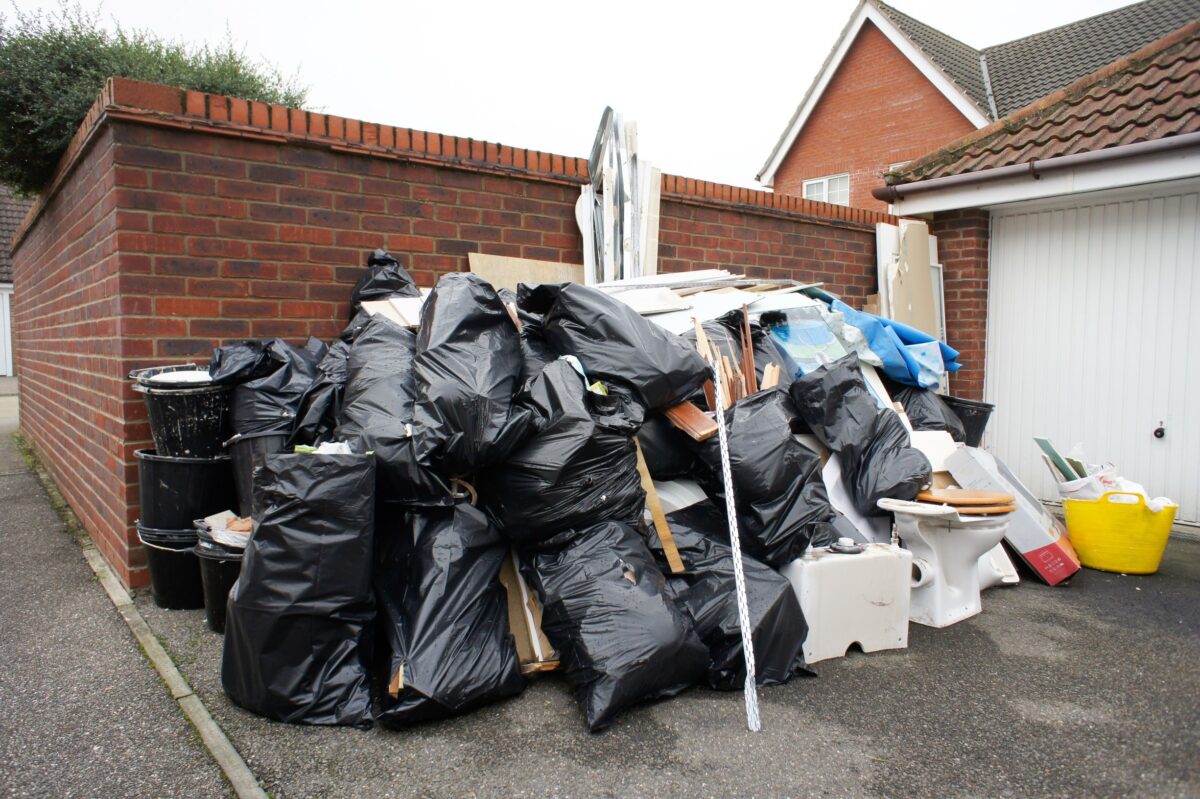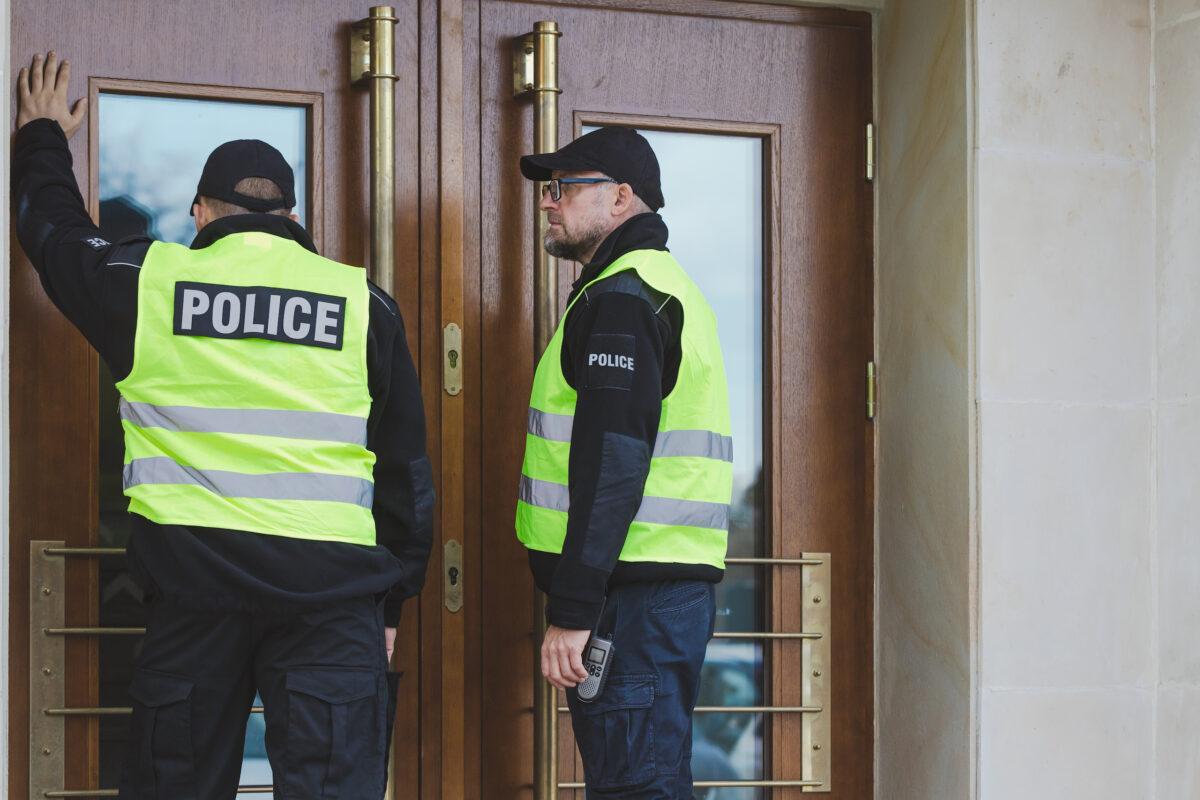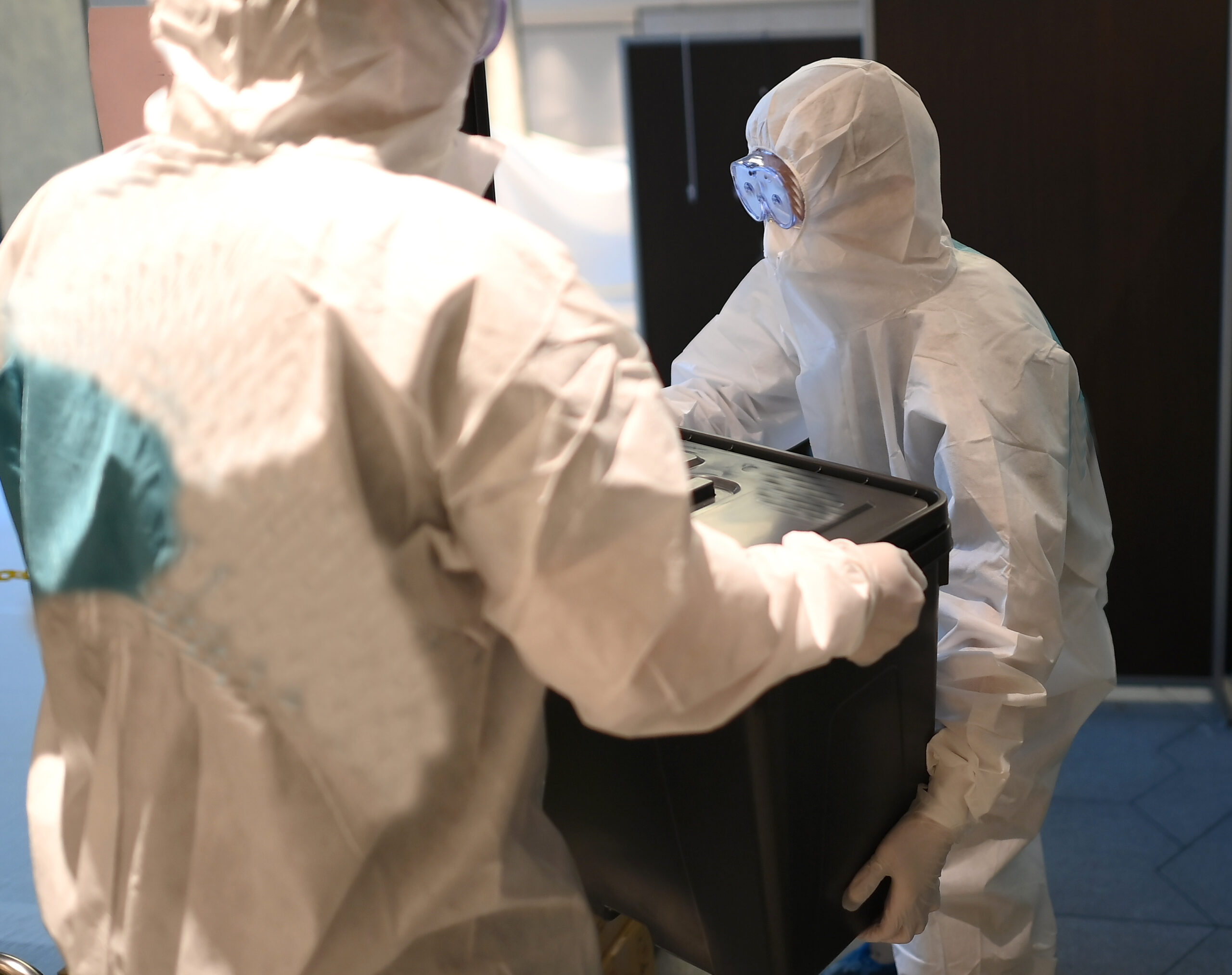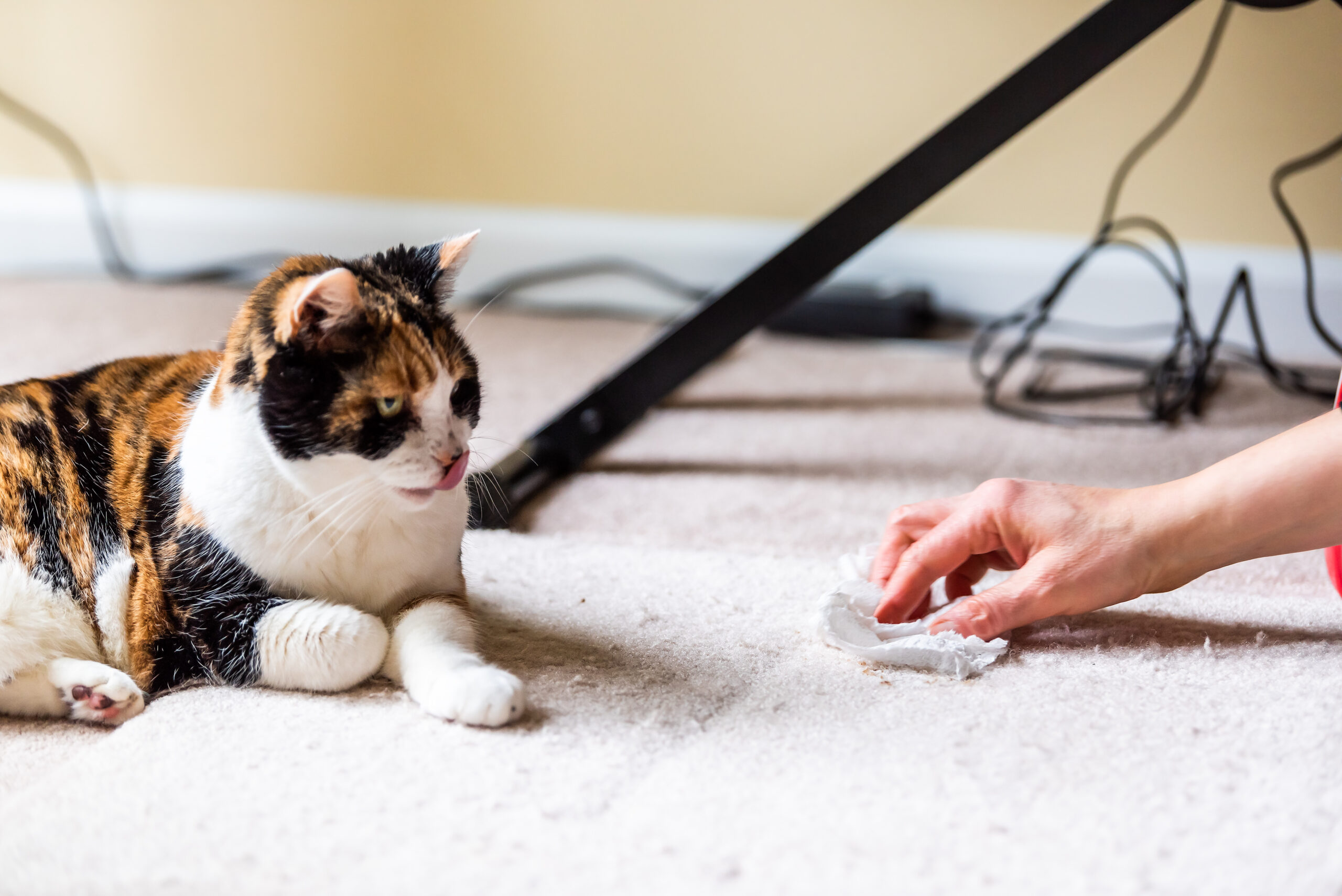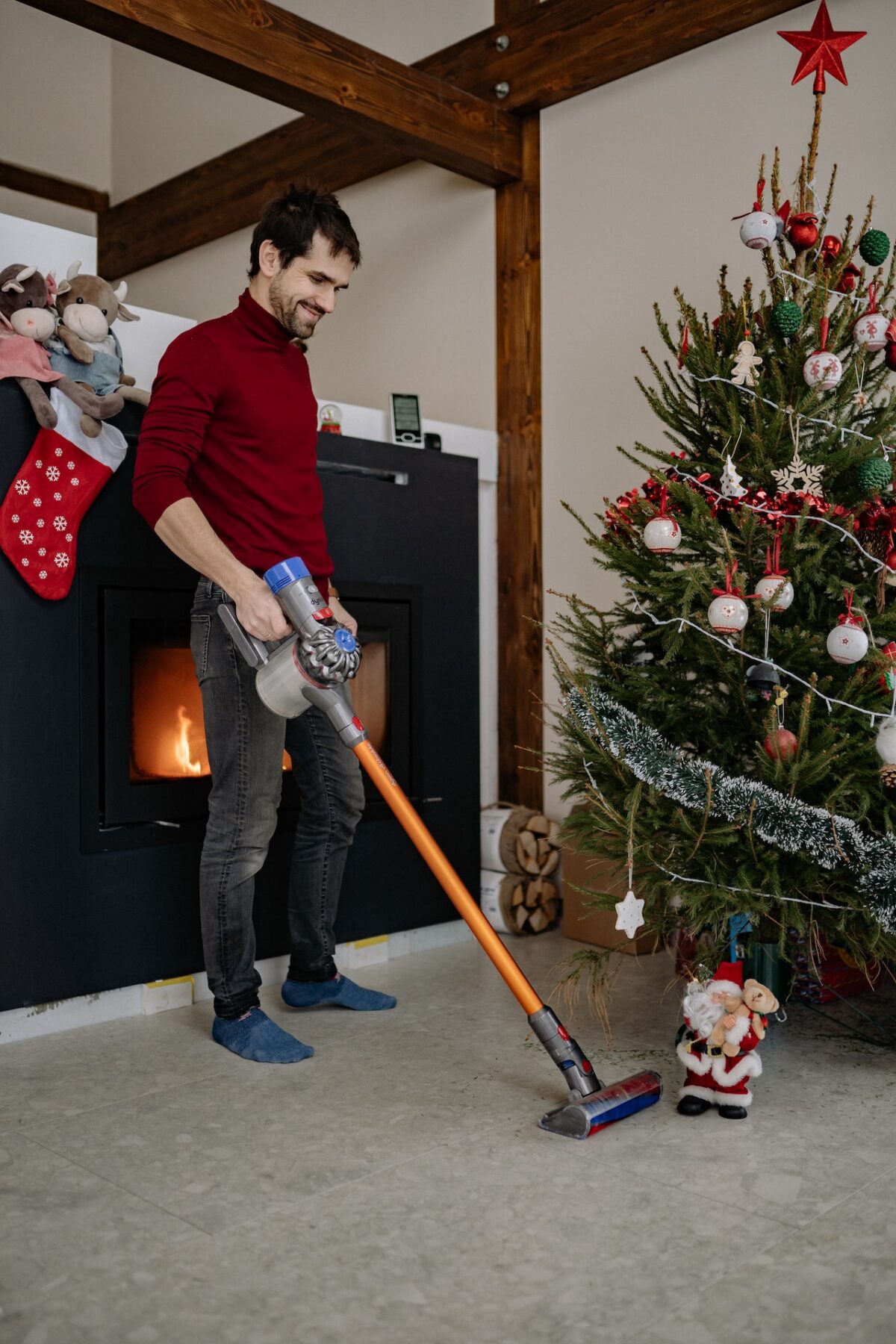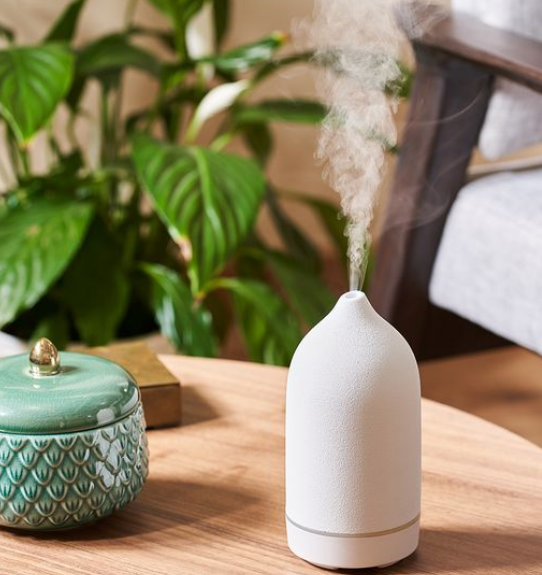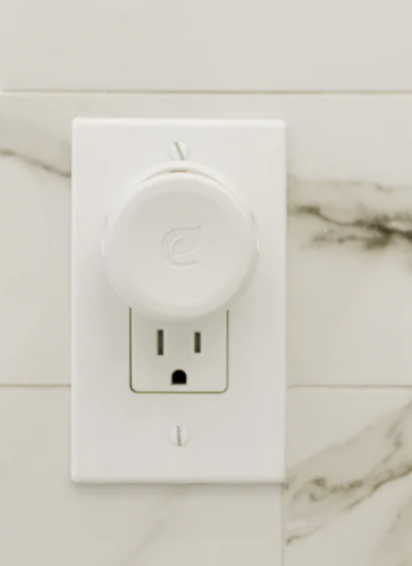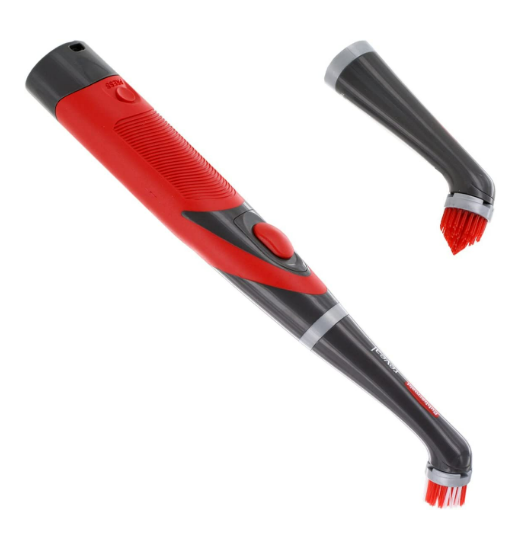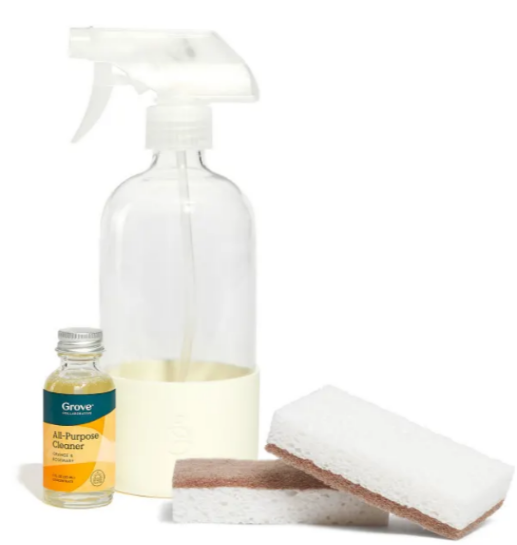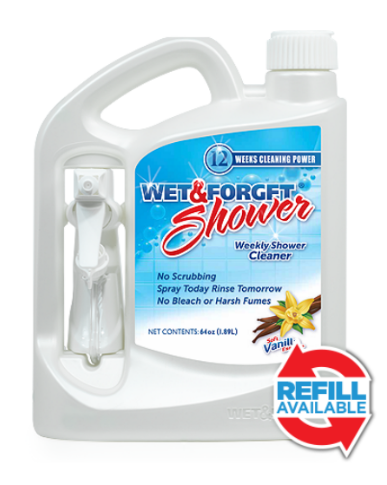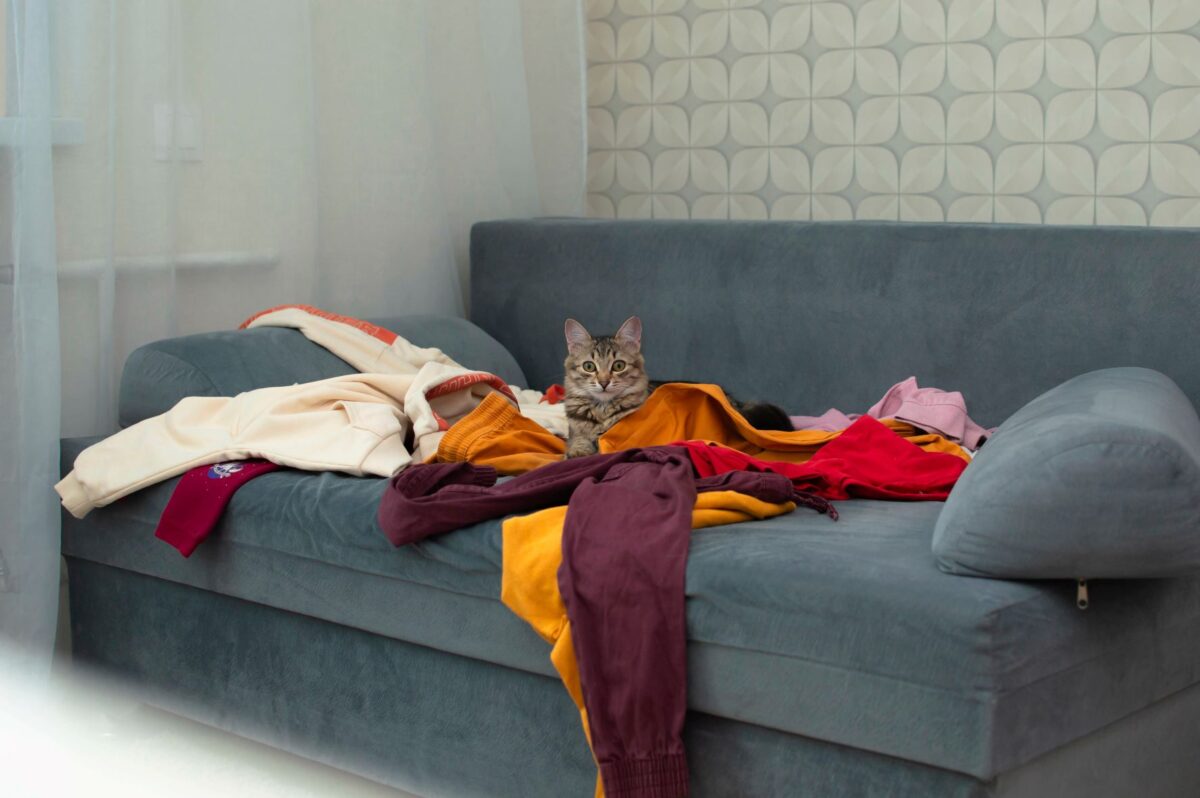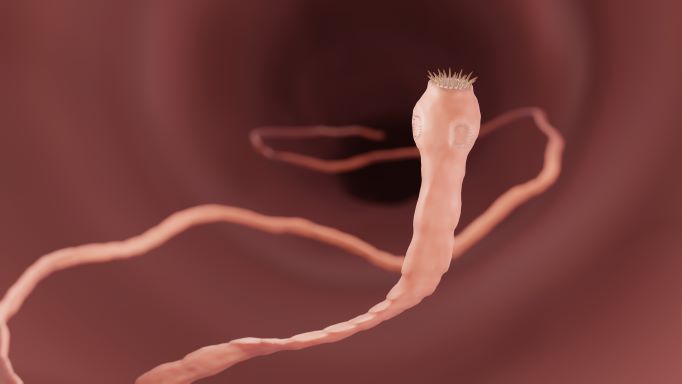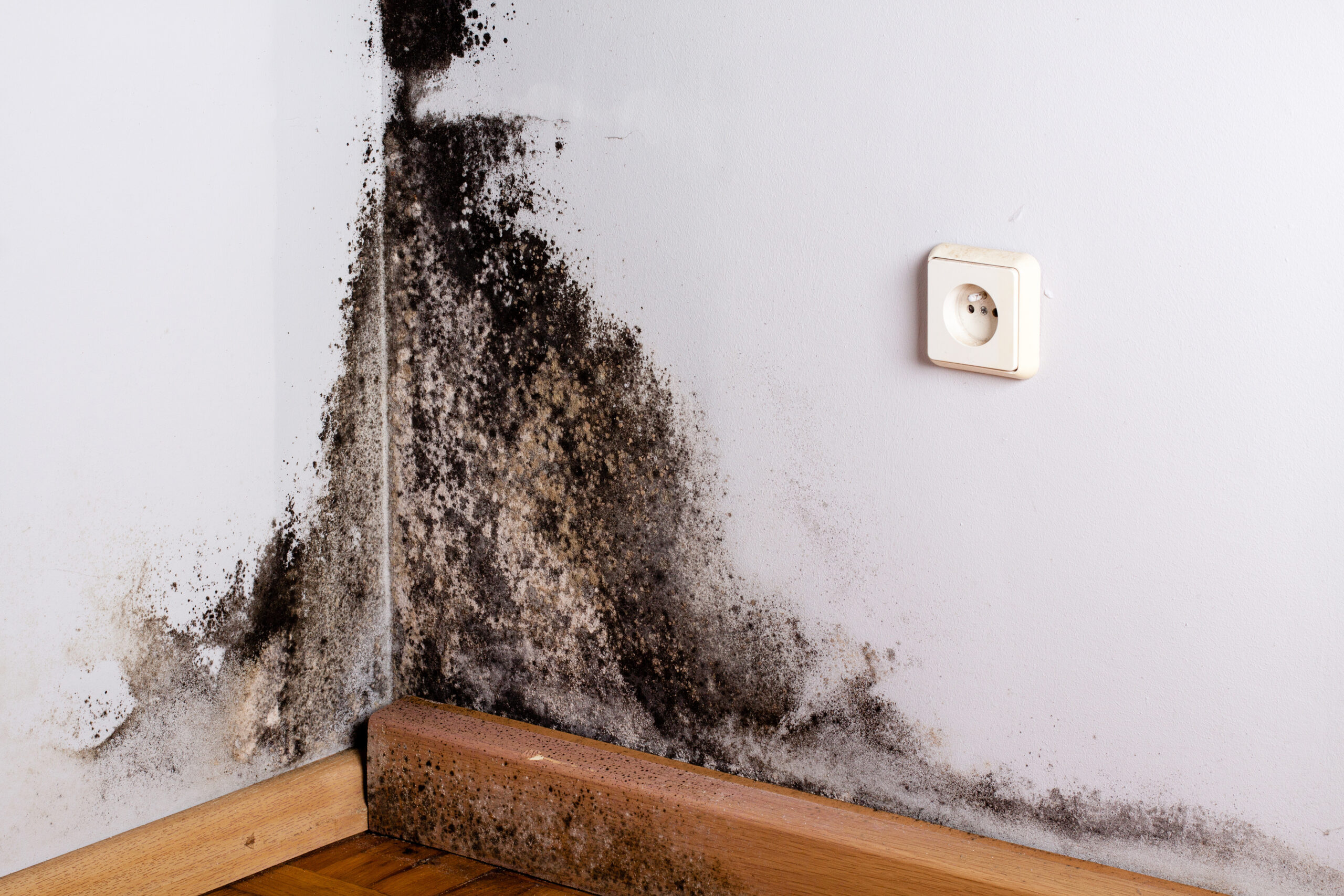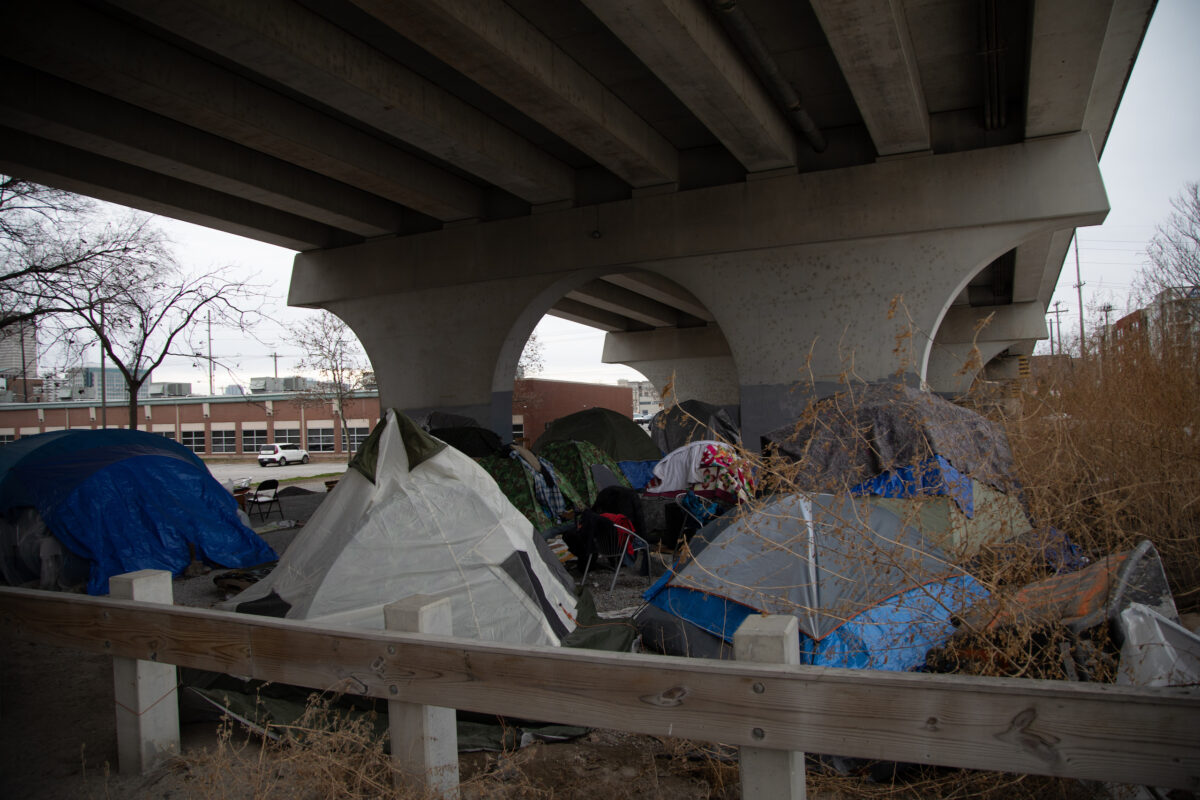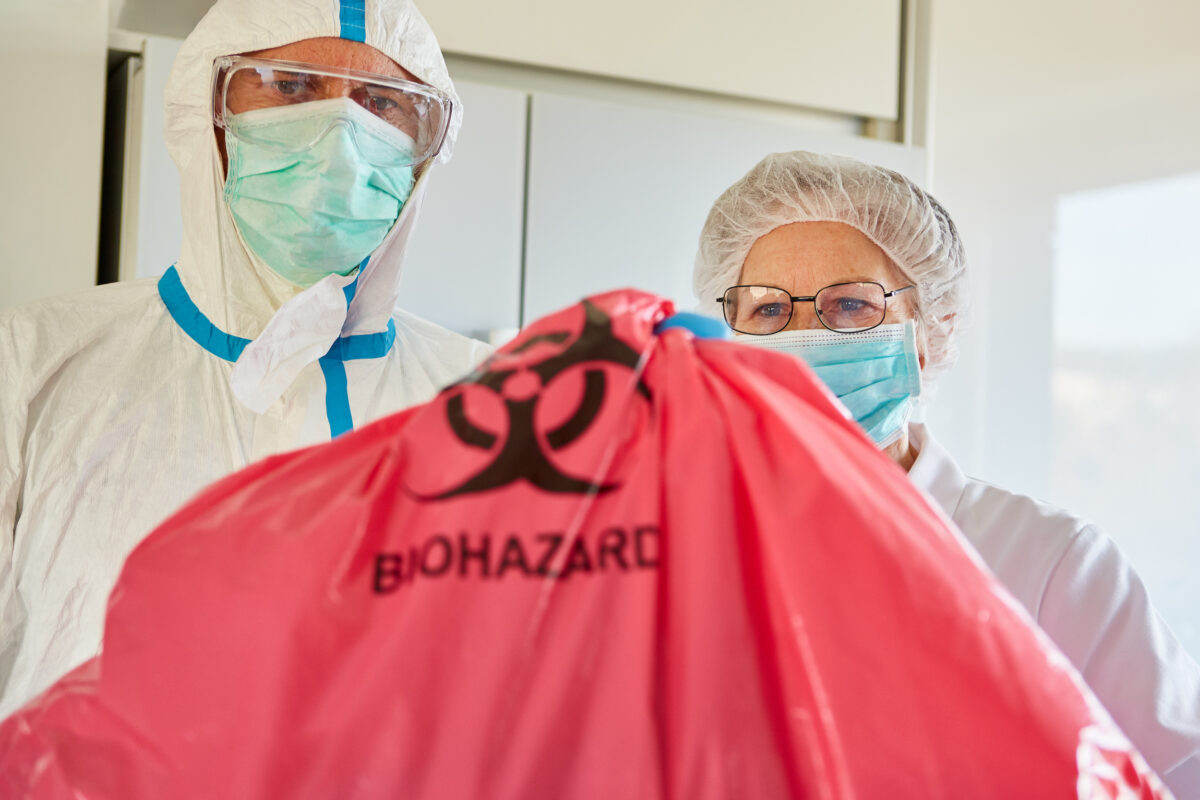Here at The BIOClean Team, we understand that a house cleanout or cleaning an estate can be a challenging and emotional process. Whether you are dealing with a cluttered home, an estate left behind after a loved one has passed away, or a property that has been affected by biohazardous materials, it is important to know what you’re getting into and work with a professional cleaning company to ensure that the job is done safely and effectively. In this blog, we will discuss house cleanouts and estate cleanouts and the importance of hiring a professional cleaning company.
House Cleanouts
House cleanouts involve clearing out a property, typically a residence, that has been neglected or has accumulated clutter over time. In many cases, the home may have been affected by hoarding, animal hoarding, or other behavioral health disorders. The process of cleaning out a home can be physically and emotionally challenging, requiring careful planning and organization.
One of the most significant challenges of a house cleanout is determining what to keep, donate, or dispose of. A professional cleaning company can help homeowners sort through their belongings, identifying items that are of sentimental or monetary value and those that are no longer needed. The company can also assist with the safe removal and disposal of hazardous materials, such as chemicals or biohazardous waste.
Another benefit of hiring a professional cleaning company for a house cleanout is the efficiency and speed with which the job can be completed. A team of experienced cleaners can work quickly and effectively, allowing homeowners to return to their home sooner rather than later.
Estate Cleanouts
An estate cleanout is a similar process to a house cleanout, but it typically involves a larger property, such as a home or other real estate, that has been left behind after a loved one has passed away. Estate cleanouts can be particularly challenging, as they often involve sorting through a lifetime’s worth of belongings and memories, some of which may be discovered for the first time. In some cases there may have been a hoarding situation at play which requires even more specialized attention.
One of the most important things to consider when dealing with an estate cleanout is the emotional impact of the process. It is not uncommon for family members to become overwhelmed or emotionally attached to certain items, making it challenging to determine what to keep, donate, or dispose of. A professional cleaning company can provide compassionate support and guidance throughout the process, noting what can be recovered and what is beyond restoration, helping family members make informed decisions while respecting their emotions and needs.
In addition to emotional support, a professional cleaning company can also assist with the legal and financial aspects of an estate cleanout. This may include working with lawyers, estate planners, and other professionals to ensure that all legal requirements are met and that the property is cleared in a timely and efficient manner.
Benefits of Hiring a Professional Cleaning Company
Regardless of whether you are dealing with a house cleanout or an estate cleanout, working with a professional crew like the BIOClean team will get you:
Experience and Expertise
BIOClean has the knowledge and expertise necessary to handle even the most challenging cleaning jobs. They are familiar with the proper techniques and equipment required to clean and sanitize a property safely and effectively.
Safety and Compliance
Cleaning out a home or estate can be dangerous if hazardous materials, such as biohazardous waste or chemicals, are present. The BIOClean Team is trained to identify and safely remove these materials, ensuring that the property is safe for occupancy.
Compassionate Support
Dealing with the aftermath of hoarding or a loved one’s passing can be emotionally challenging. BIOClean can provide compassionate support and guidance throughout the process, helping to alleviate stress and anxiety.
Time and Efficiency
The BIOClean Team can complete a house or estate cleanout quickly and efficiently, allowing homeowners to return to their property sooner. We’ve done this before and we know how to make it work quickly.
Even with working with a professional cleaning company, estate and house cleanouts can be exhausting and take time. So let’s get started and get to work. Give The BIOClean Team a call today!

